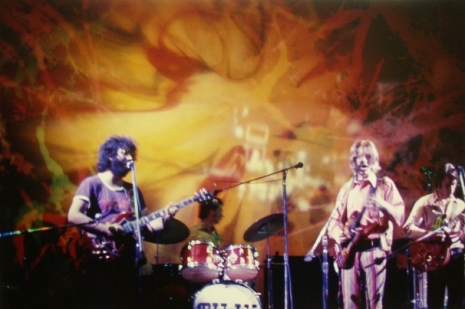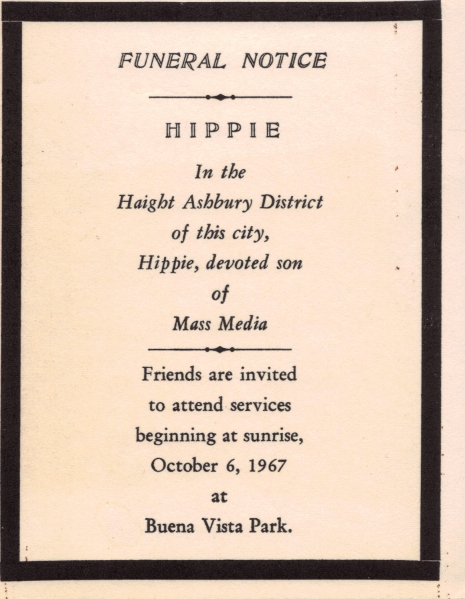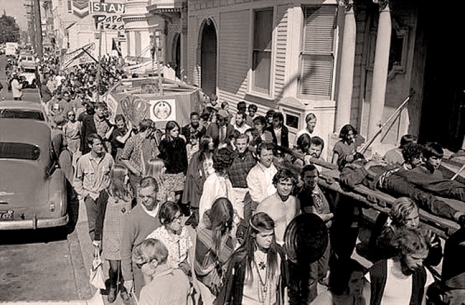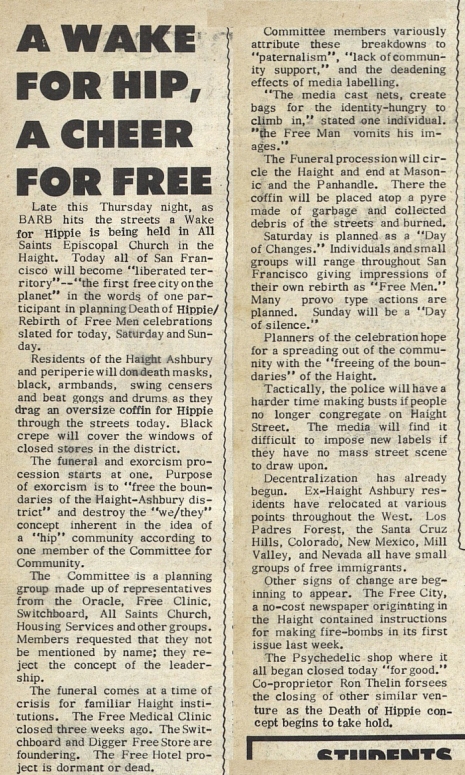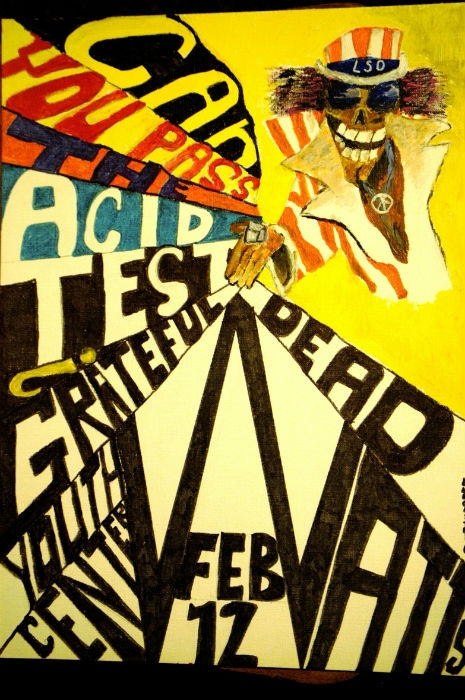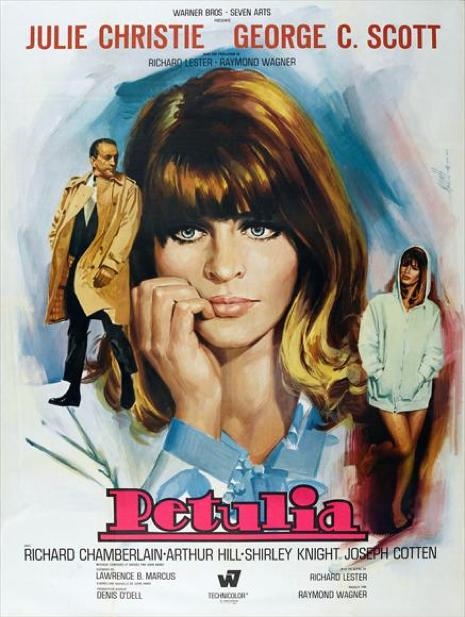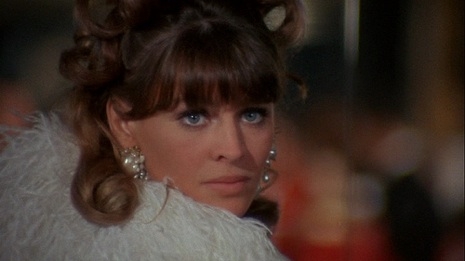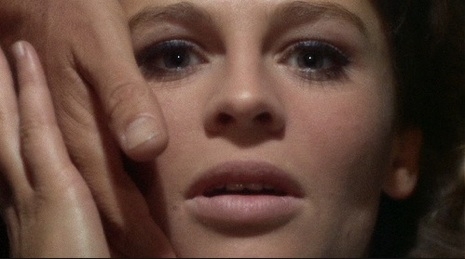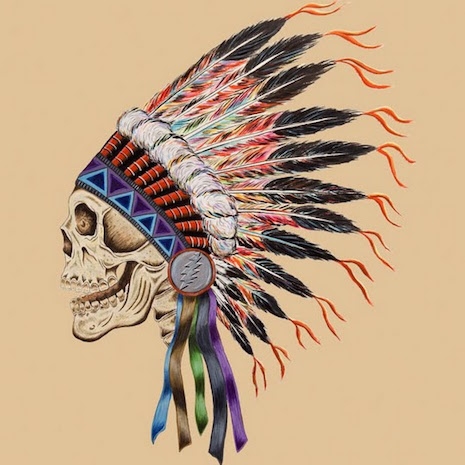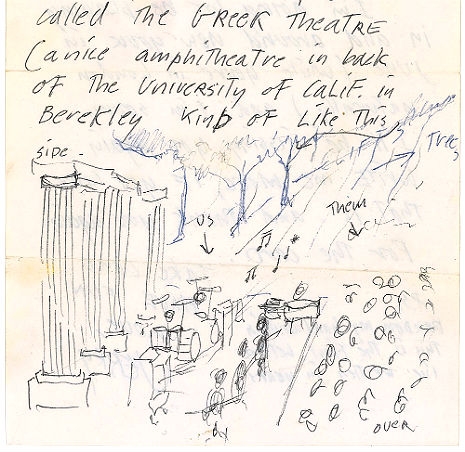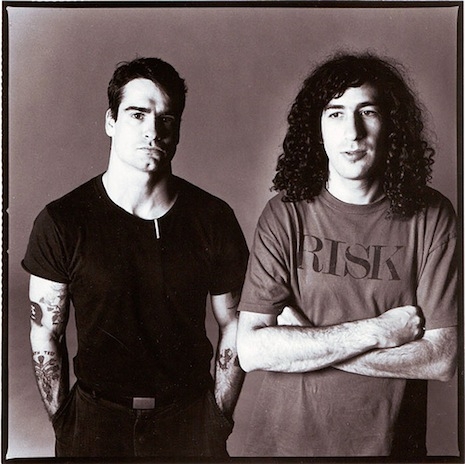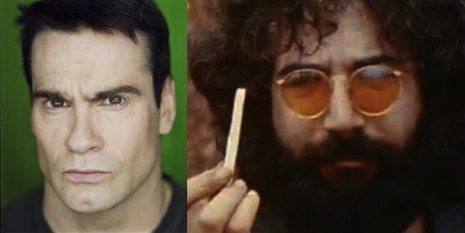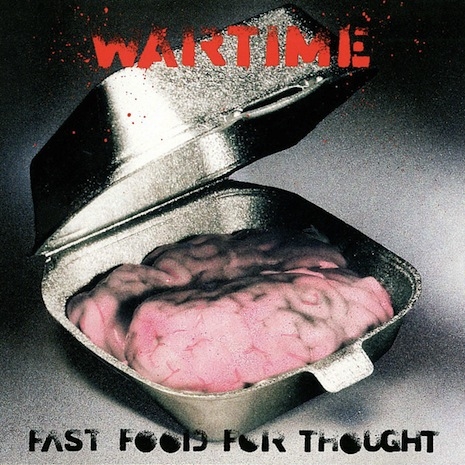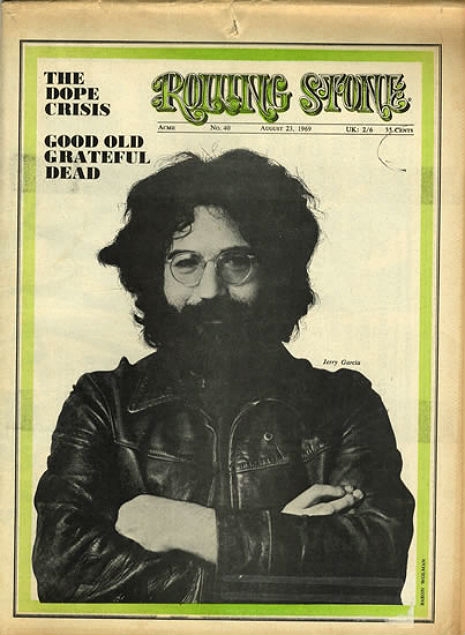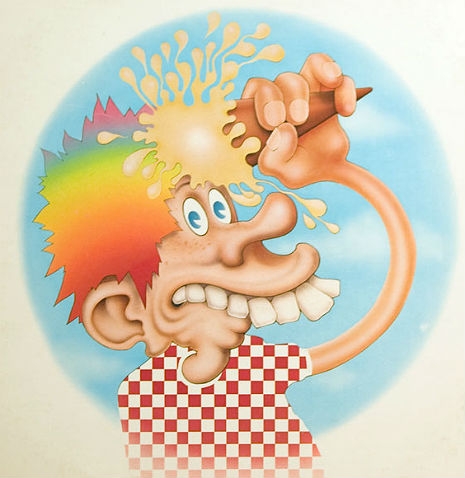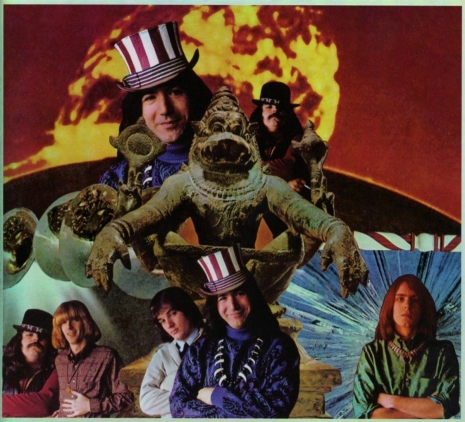
For the 50th anniversary of their debut album, Rhino Records is releasing an expanded remastered edition of 1967’s The Grateful Dead, including a second CD containing a complete live set from the era. Buy it here. There’s also a gorgeous limited edition picture disc, only 10,000 produced.
Fifty years ago, depending on who you asked, America was either of the cusp of a magical new era of peace and love, or in a hell of a mess. On one hand you had the Vietnam War, a stagnant economy and race riots, but on the other you had incredible new art forms, exotic drugs and best of all, thanks to the invention of the birth control pill, FREE LOVE. 1967 was a real “it was the best of times, it was the worst of times” kinda proposition, contingent on who you were, how old you were and what your “bag” was, man. Richard Nixon’s future “silent majority” voters, aghast at what had become of “their” country, wanted law and order. Younger people wanted to get high, get laid and get groovy.
Getting ahead in the rat race so you could end up married with two kids and two cars in the suburbs just didn’t seem like such a good idea anymore after your first acid trip.
San Francisco became the epicenter of the hippie movement, a sort of “strange attractor” calling out for bohemian young people who thought for themselves and wanted in on this brave new world of sex, drugs, and rock ‘n’ roll. The intersection of Haight and Ashbury streets provided a picture perfect tie-dyed backdrop for the world’s news media to focus on. It was here that longtime CBS News reporter (and later 60 Minutes stalwart) Harry Reasoner found himself and his film crew, for the making of the fascinating time capsule documentary “The Hippie Temptation.” In 1967 huge houses in the Haight could be rented for practically nothing, allowing for the influx of young people to be quickly absorbed, seemingly overnight. Soon there were even tour buses trekking through the district so that “straight” people could catch a glimpse of the hippies in their natural habitat, without having to actually walk among them, as if on a safari ride.
When Reasoner arrived in the city by the bay, the Summer of Love was about to kick into full swing. If you wanted to become a hippie yourself, Reasoner’s reporting—which was deeply cynical despite a patina of “objectivity” without ever really intending to be such—was almost a how-to kit for showing up in San Francisco with just a sleeping bag and finding your way around. He might have thought he was putting the hippies down, and to some watching—maybe even most of his CBS audience (the network was known for appealing to older and rural viewers at the time)—this was the message received. But if you were say, just graduating from high school in 1967, you could read between the lines. Reasoner’s documentary probably inadvertently inspired many an aspiring hippie to migrate to the Haight.
By the summer of 1967, the Grateful Dead, and especially their guitarist Jerry Garcia, were seen by many in the media—both the mainstream media and in the nascent underground press—as sort of ambassadors of hippie, and Reasoner gave them air time, even if he is often speaking over them as they play. Imagine that you are seventeen, it’s 1967, and you’re watching long-haired freaks and body-painted hippie chicks twirling and dancing in the park on TV for the first time as the unofficial mayor of the Haight opines:
Jerry Garcia: What we’re thinking about is a peaceful planet. We’re not thinking about anything else. We’re not thinking about any kind of power, we’re not thinking about any of those kind of struggles. We’re not thinking about revolution or war or any of that. That’s not what we want. Nobody wants to get hurt. Nobody wants to hurt anybody. We would all like to be able to live an uncluttered life. A simple life, a good life, you know, and like think about moving the whole human race ahead a step or a few steps. At least not going around in circles like it is now.
Had I not been a mere toddler during the Summer of Love, I can assure you, I’d have been on the first bus to SF after watching “The Hippie Movement”!
Below, just the scenes with the Dead from the program. If you want to watch “The Hippie Movement” in its entirety, click here.
By the following year Hollywood got in on the San Francisco hippie vibe with “counterculture” comedies like I Love You, Alice B. Toklas (with a pot-smoking Peter Sellers) and Otto Preminger’s Skidoo (where Jackie Gleason drops acid), and Richard Lester’s moving drama Petulia starring Julie Christie and George C. Scott. In Petulia, the young Grateful Dead are seen performing “Viola Lee Blues” in a nightclub scene shot in 1967, some of the earliest pro-shot footage we have of the group.
Continues after the jump…
